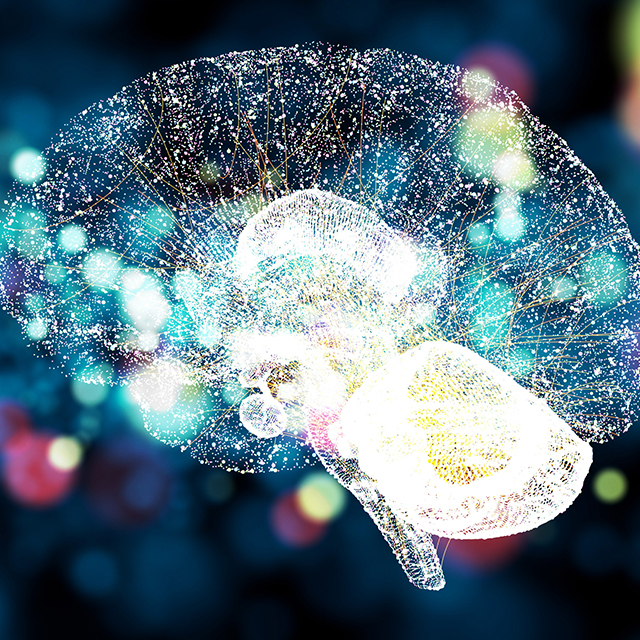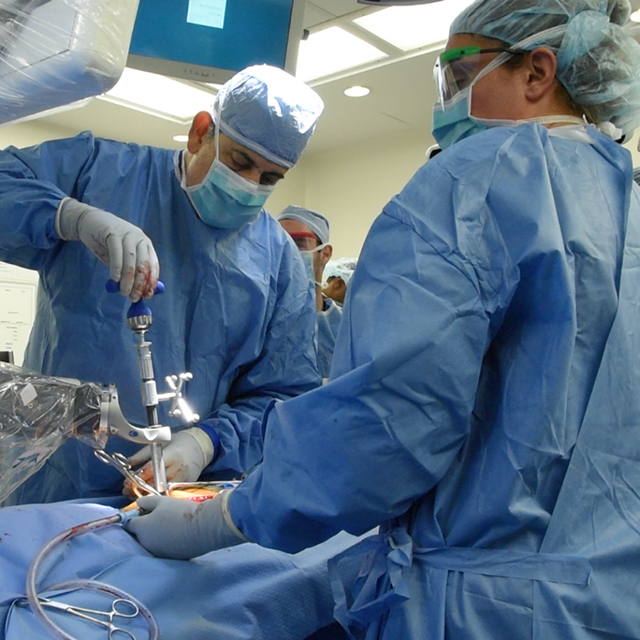Johns Hopkins neurosurgeon Eric Jackson recently served as part of a Congress of Neurological Surgeons committee writing guidelines for diagnosing and treating Chiari malformation. However, he says, the dearth of high-quality research on this condition made developing useful guidelines a tough task.
“Most of the data for Chiari malformation is level 3 evidence, so we weren’t able to give very strong recommendations,” Jackson says. “One of the biggest take-home messages for me in this process is the need for future quality clinical research studies.”
He anticipates that the guidelines will soon be published in the journal Neurosurgery.
Through participation in a large, multinational study geared toward understanding which factors might influence surgical success, as well as a similar research project in nonsurgical patients at Johns Hopkins, Jackson says that he’s hoping to push the needle forward, generating new data on Chiari malformation that can help doctors and their patients make the best decisions.
Chiari malformation, marked by the extension of brain tissue into the spinal canal, causes intense strain-induced headaches and, sometimes, other neurological symptoms. Although these symptoms can often be successfully addressed with decompression surgery, the decision to operate can be difficult, Jackson explains — especially for pediatric patients — because their symptoms are sometimes unrelated to their Chiari malformation, making the success of surgery uncertain beforehand.
To help better understand who might benefit most from surgical intervention, the Bobby Jones Chiari & Syringomyelia Foundation — a nonprofit organization that funds research, education, awareness and advocacy for Chiari malformation and related conditions — recently launched the Chiari Surgical Success Scale (CSSS), a study aimed at gathering data to develop a decision-making tool for physicians trying to help patients decide whether to receive surgery.
Johns Hopkins and other institutions around the world have joined the CSSS to share the data they’re generating after carefully following patients who’ve undergone surgery. The group works to identify clinical and imaging factors that may predict success if the procedural route is taken.
The CSSS is a good start, Jackson says, but its main drawback is that it follows surgical patients exclusively, not those who are not treated surgically. To fill this gap, he and colleagues in Johns Hopkins’ Department of Neurosurgery are launching a similar study that will follow patients with Chiari malformation who are not treated with surgery. This research is possible because of a gift from a generous donor — funds first used to hire a research coordinator and will continue to provide opportunities for additional research to better understand Chiari malformation.


